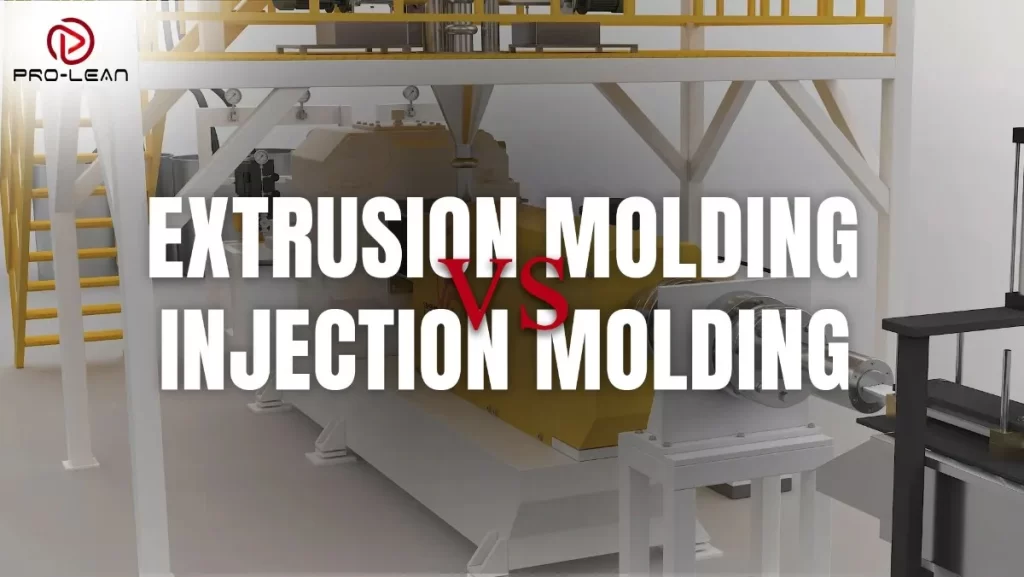
Extrusion vs. Injection Molding
When it comes to making plastic parts, two ways rule supreme: extrusion molding vs injection molding. Both are great for shaping plastic, but used for different products and purposes.
Injection molding pushes melted plastic into a closed mold to create 3D parts. Extrusion molding pushes melted plastic through a shaped opening (a die) to create long, continuous shapes like pipes or plastic strips.
Both use heat and pressure, but work differently, need different tools, and make different products. These two are used in many industries: automotive, electronics, packaging, construction, and household goods.
At ProleanTech, we offer manufacturing services for both. Whether you need parts or plastic profiles, we deliver accurately, fast, and competitively.
In this article, we’ll cover the key differences, benefits, limitations, materials used, and ideal applications of both extrusion and injection molding.
What is Extrusion Molding?
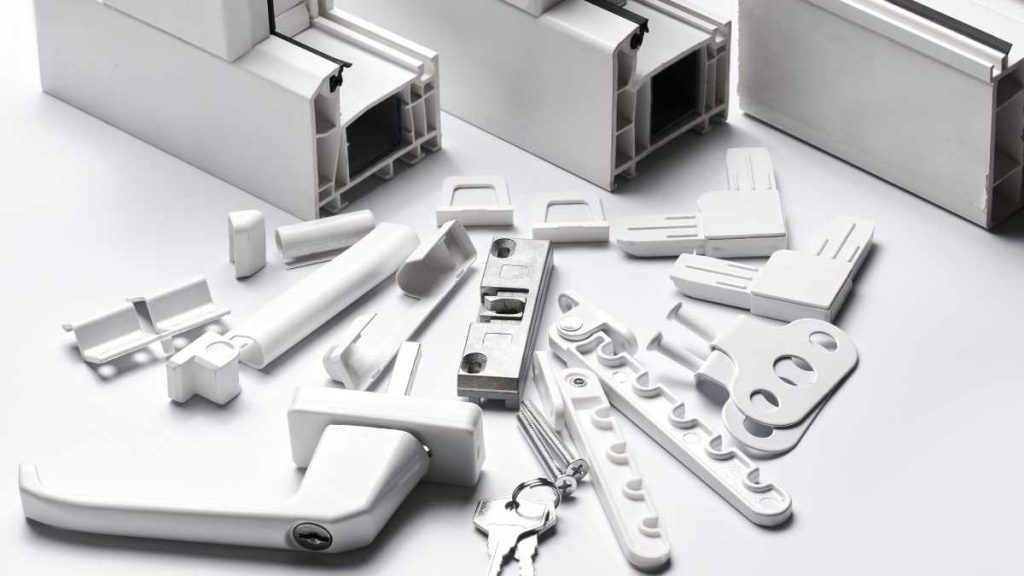
Aluminum Extrusion-Related Products and Accessories
Extrusion molding or extruded plastic molding pushes hot plastic through a shaped hole. This makes long shapes like pipes, tubes, and flat sheets. The plastic cools down and is cut to the desired length. This method works great for making cross-section profiles like weather strips, plastic film, wire covers, and many more things.
What is Injection Molding?
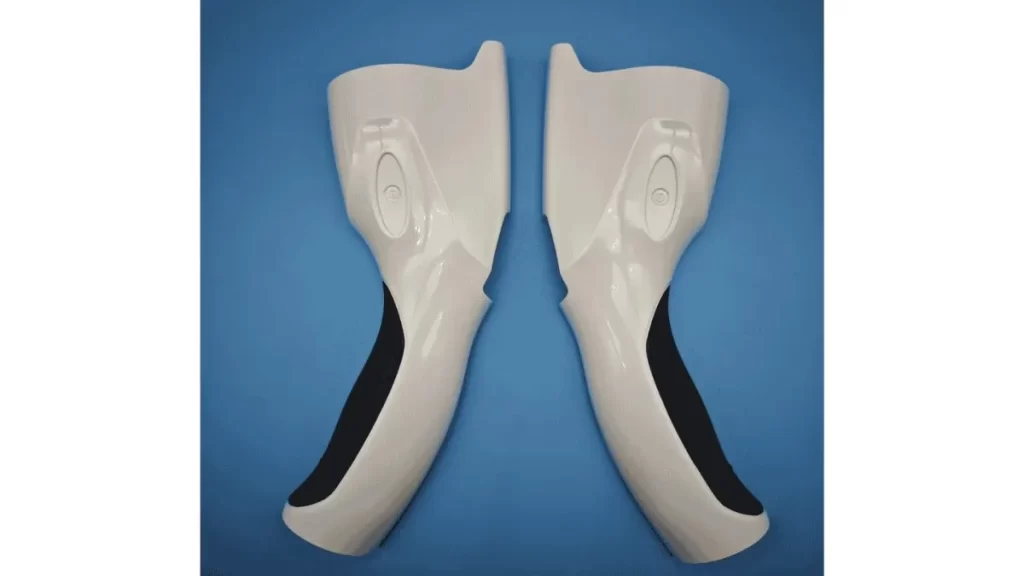
Two Shot Injection Molding
Injection molding is a simple way to make plastic parts. Hot plastic goes into a mold under high pressure. The plastic cools down and becomes hard in the mold. The mold opens up, and the part is ejected. Many companies use Key components of injection molds to make complex shapes in large volumes. Common injection molding large parts, including car parts, phone cases, and toys.
Relevant Read: Injection Molding Types
Plastic Extrusion Molding Process: Step-by-Step
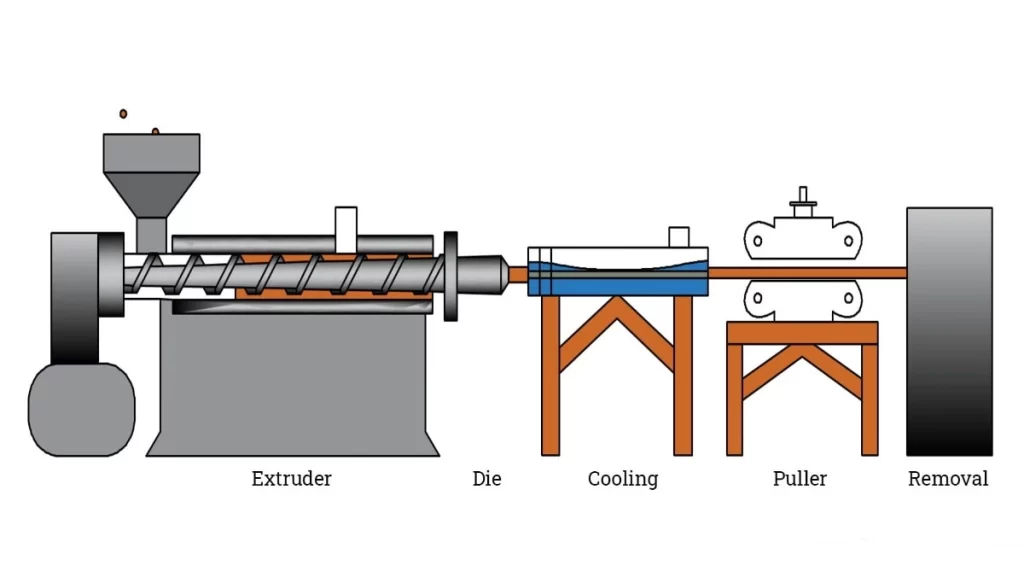
Plastic Extrusion Process
The plastic extrusion process makes long plastic parts. These parts keep the same shape all the way. This process makes pipes, tubes, and flat sheets. Here is how this extrusion plastic manufacturing process works step by step:
1. Feeding the Plastic
The process starts when raw plastic goes into a machine. This plastic comes as small bits, tiny pieces, or powder. The materials go into the hopper part of the machine. The hopper works like a big funnel that moves plastic forward.
2. Melting the Plastic
The plastic moves into a long, hot barrel next step. A rotating screw sits inside this barrel and spins around. The screw pushes the plastic forward through the hot barrel.
Heat comes from the spinning screw and the hot heaters around. The plastic melts and turns into a thick, hot liquid. It looks like thick hot syrup when it melts all.
3. Shaping the Plastic
The hot melted plastic gets pushed through a special tool. This tool gets called a die and has one specific shape.
The hot melted plastic flows through the die opening slowly. If the die has a round hole, plastic comes out. This step gives the plastic its final shape and form.
4. Cooling the Product
The shaped plastic comes out of the die very hot. It stays soft until it cools down the right way. Cooling fans or water baths cool the plastic down fast.
The cooling method depends on the type of final product. The cooling process makes the plastic hard and keeps its shape.
5. Cutting to Size
The plastic cools and gets hard as it moves along. It reaches the cutting part at the very end. Extruded plastic manufacturers use cutting machines to lice the plastic into the right lengths here. The final pieces get picked up and packed up, ready. The products are ready to use or ship out.
Read More: PIM-Powder Injection Molding: Process, Types & Uses
Try Prolean Now!
Injection Molding Process
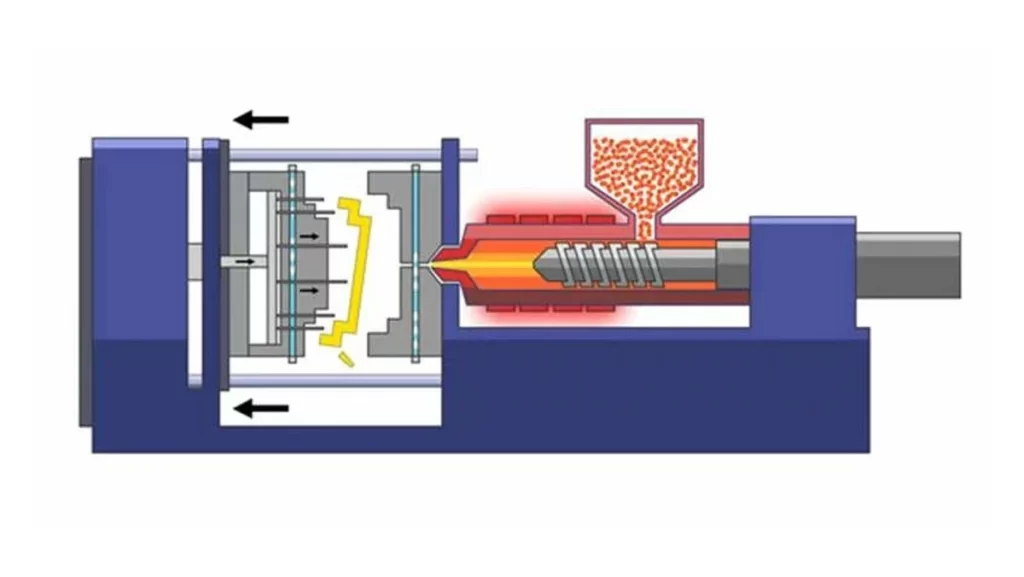
Injection Molding Process
Injection molding makes plastic parts by putting hot plastic into molds. This process has many steps that are all very important. Each step helps make the final part strong and exact.
Here is a simple way to understand each step about how to make injection molding of large parts:
1. Clamping
The mold must close tightly before plastic goes in. A clamp unit does this job by pushing mold halves together. One side stays still while the other side moves toward it. T
he clamp holds them shut with very strong force every time. This stops the hot plastic from leaking out during the process. This step keeps the part shape right and makes everything safe.
2. Injection
Small plastic bits go into a hot barrel where they melt. A screw turns inside the barrel and pushes melted plastic forward. The machine pushes enough plastic quickly into the mold space. The machine uses high pressure to push the plastic in.
This pressure helps the plastic fill every small corner of the mold. This pressure helps the plastic reach all the detailed parts. This step happens very fast and takes only a few seconds.
3. Cooling
The mold fills with hot plastic and then needs to cool. The mold has special channels with water flowing through them. The water cools the plastic evenly and quickly every time. The plastic cools down and turns solid in a mold shape.
The plastic takes the exact shape of the mold perfectly. The part can warp or shrink if cooling happens wrong. The cooling must be watched and controlled very carefully.
4. Ejection
The plastic part cools down fully and becomes completely solid. The mold opens up after the cooling time is done. Small pins or a plate system push the part out. This step gets called ejection and happens very gently.
This happens carefully so the part does not break apart. This happens carefully so the part does not get damaged. The part comes out, and the mold closes again quickly. The process starts over to make many identical parts.
5. Recycling of Extra Plastic
Not all plastic becomes part of the final product piece. Some plastic flows into paths that guide plastic into the mold. These paths get called runners and sprues by the workers. The extra plastic does not get thrown away as waste.
The extra plastic gets collected and crushed for reuse. The crushed plastic gets used in the next cycle again. This saves waste and saves money during the manufacturing process.
Dive in: Guide to custom undercut mold parts
Advantages of Extrusion Molding
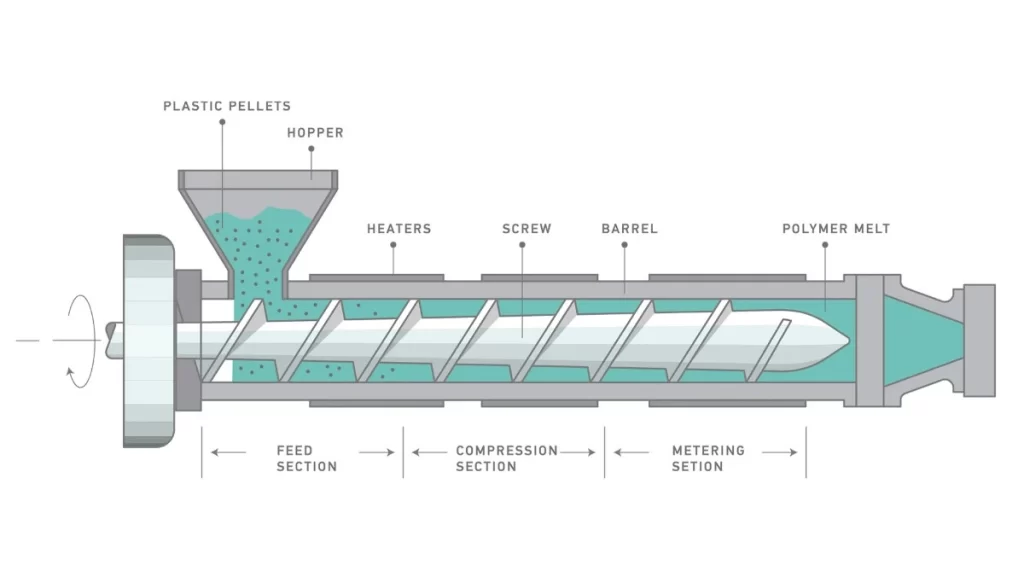
Advantages of an Extruder
Extrusion molding is easy and cheap to use. It makes long plastic parts that look the same. The shape stays the same from start to end. This method works great for plastic pipes and window frames. It also makes plastic films very well.
Many companies like to use this method:
- This method works best for making plastic tubes. It makes film rolls and frames very well. The shape stays exactly the same all the way.
- The die costs much less money to make. It costs less than molds for injection molding. Companies save money on tools this way.
- The machine runs and makes products without stopping. It does not need to take breaks. This helps make lots of products very fast.
- The parts come out very smooth and clean. They look good right after they come out. Most parts do not need extra polishing work.
- Extra plastic pieces can be used again easily. This makes less waste for the Earth. The process helps keep the Earth clean.
Disadvantages of Extrusion Molding
Extrusion molding works well for easy and similar shapes. But this method has some problems too. It cannot make parts with lots of details. The plastic can change shape a little bit. This happens when the plastic gets cool again.
- This method cannot make hard 3D parts at all. It only makes things with the same shape. The shape must stay the same all along.
- Plastic can get smaller or bigger after cooling. This can change how big the final part is. It can also change how the part looks.
- The plastic comes out as one very long piece. Workers must cut it into smaller pieces afterward. The edges might need cleaning work to look good.
Advantages of Injection Molding
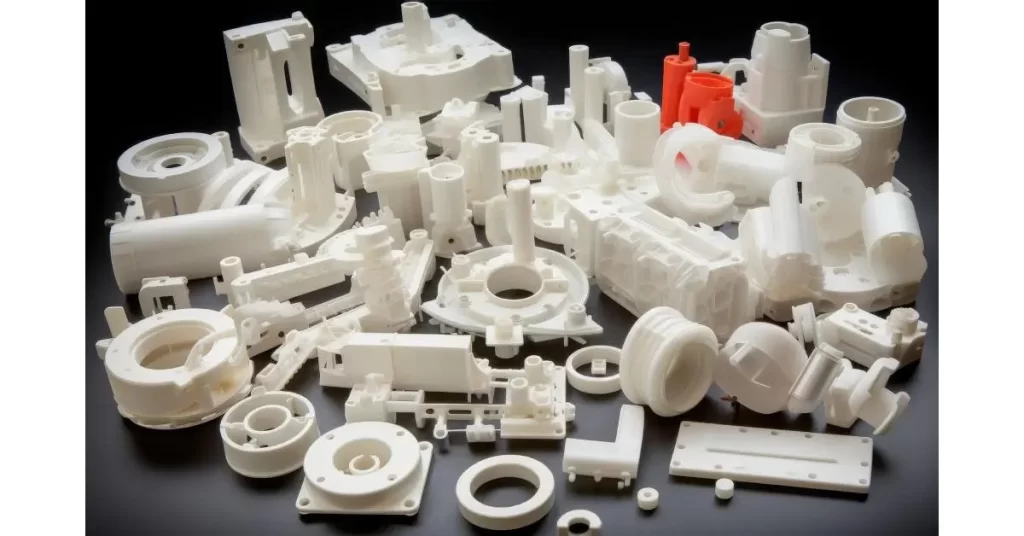
Advantages of Injection Molding
Injection molding works very well for making plastic parts. This method makes many parts that look exactly the same. Here are five simple reasons why factories use this method:
- Each part comes out looking exactly like the last one. This happens even when making millions of parts at once.
- This method forms tiny details without any trouble at all. It makes sharp corners and small holes very easily. Other methods cannot make these shapes as well.
- The mold gets ready first and then works very fast. Each new part takes only seconds or minutes to finish. This speed helps when making thousands of parts quickly.
- Soft plastic works well with this method every time. Hard plastic also works very well without any problems. Mixed materials work perfectly fine when needed for jobs.
- Colors go into the plastic before the molding starts. Surface designs get added directly during the molding process. Logos and patterns appear right on the finished parts.
A Must-Read Guide: Metal Injection Molding vs Die Casting: Which Is Better For Production?
Disadvantages of Injection Molding
Injection molding works very well for big jobs only. Small jobs face some real problems with this method:
- Making the mold costs a lot of money upfront. This high cost takes a long time to pay back. Small projects cannot afford these expensive mold costs at all.
- Small orders of just a few hundred parts cost too much. The expensive mold makes small jobs lose money every time. This method only saves money on very big orders.
- Making parts happens very fast once everything gets ready. Getting the mold ready takes many weeks of hard work. Testing the mold and fixing problems adds even more waiting time.
Try Prolean Now!
Applications/Uses of Extrusion Molding and Injection Molding

Uses of a Molding Machine
Both ways make different things. One makes long shapes. The other makes small parts.
Extrusion molding and injection molding work in many places. They make different plastic things. Extrusion molding makes long shapes that look the same all along. Injection molding makes small parts with exact shapes and sizes.
Common Uses of Extrusion Molding
- Pipes and Tubes – Water pipes, medical tubes, and soft hoses
- Plastic Sheets and Films – Things for packages, buildings, and covers
- Window and Door Frames – Made from plastic like PVC
- Wire and Cable Covers – Plastic that goes around wires
- Weather Strips and Seals – Long pieces that stop air or water
Common Uses of Injection Molding
- Car Parts – Dashboard pieces, clips, and covers
- Electronics – Cases for phones, remotes, and laptops
- Medical Tools – Syringes, inhalers, and plastic tools
- Toys and Home Items – Toy parts, storage boxes, kitchen tools
- Package Items – Bottle caps and small plastic boxes
The choice depends on shape, use, and how many things need making.
Check Now: Explore aerospace-grade injection molding
Plastic Extrusion Materials Uses
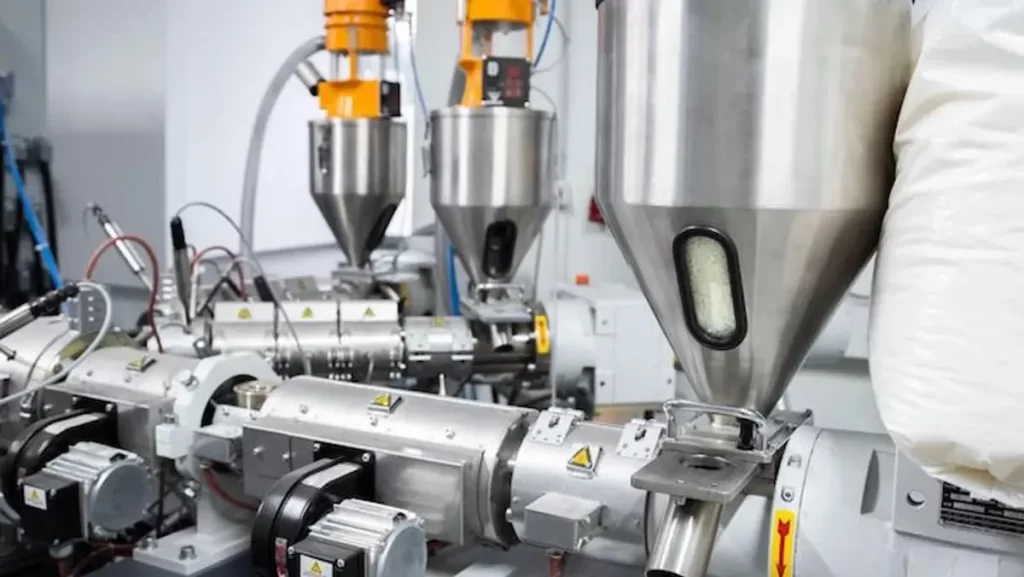
Plastic Extrusion Machine
The right plastic in extrusion molding depends on the final product. Some products need to be strong while others need flexibility. The material choice affects how well the part will work.
Extrusion molding uses different materials for different jobs and needs. The material affects how strong the final product will be. It also changes how flexible the part can bend. The performance depends on what plastic is chosen for the job. Different extrusion polymers work better in different places and weather conditions.
Here are some plastics that get used most often:
- Polyethylene (PE): This plastic feels soft and bends easily without breaking apart. It keeps moisture out and does not let water through. Makers use it for pipes that carry water to houses. Plastic films and shopping bags also use this same material.
- Polypropylene (PP): This plastic weighs less than most other plastic types available. It stays strong even when things hit it or push on it. Car parts use this plastic because it works well in engines. Packaging and textiles also get made from this same plastic material.
- Polyvinyl Chloride (PVC): PVC plastic can handle tough outdoor weather without breaking down. It works well in hot sun and cold winter weather. Construction jobs use this plastic for building parts that last long. Plumbing pipes and wire covers also use this strong plastic material.
- Polystyrene (PS): This plastic looks clear and feels hard when touched. Display items use this plastic because it looks nice and clean. Plastic sheets for signs are also made from this material. Food containers also use this same type of clear plastic.
- ABS: ABS plastic can take hits and bumps without cracking easily. It stays strong when things fall on it or push it. Protective covers use this plastic to keep things safe inside. Electronic casings also use the same strong plastic material.
- Nylon: Nylon plastic bends well and does not wear out quickly. It can handle rubbing and moving parts without breaking down. Mechanical parts like gears use this plastic because it lasts a long. Bushings and sliding parts also work well with this plastic material.
The best plastic depends on what the final part must do. Some parts need to bend without breaking, while others must hold weight. Some parts must stay strong in hot weather conditions. Other parts must last long when left outside in all weather.
Special Considerations for Injection Molding Large Plastic Parts
Injection Molding Machine
Making big plastic parts with injection molding needs special machines. Strong materials help make the parts work well. Good planning makes sure everything goes right.
Big parts like car bumpers need more work than small parts. Fridge covers and big plastic furniture parts are also hard to make. These parts weigh more and need bigger machines to form them. The design must be very careful to make good parts.
- Large Tonnage Machines: Big parts need large molds to shape them the right way. These molds must stay tight during the whole molding process. Machines with very strong clamping force hold the molds in place. These machines can handle heavy parts and large products easily.
- Thicker Walls and Even Cooling: Large parts have thick areas that need more time to cool. Parts might bend or get marks if they cool badly. The mold must spread plastic evenly through all the areas. Cooling must happen the same way in every part section.
- Reinforced Plastic Materials: Special plastics filled with glass make parts extra strong. Fibers also help big parts stay in the right shape. These materials help parts handle pressure without breaking or bending.
- Higher Mold Costs but Lower Unit Cost: Molds for big parts cost more money to make first. They are bigger and need more complex designs than small molds. The mold can make many parts after it is built. Each part costs less money when many parts are made.
The right machines and materials make large injection-molded parts work well. Auto companies use these parts in their cars every day. Home appliance makers also need these big plastic parts. Equipment companies buy these parts for their machines too.
Check Out: Injection Mold Types
Extrusion Molding vs Injection Molding: Side-by-Side Comparison
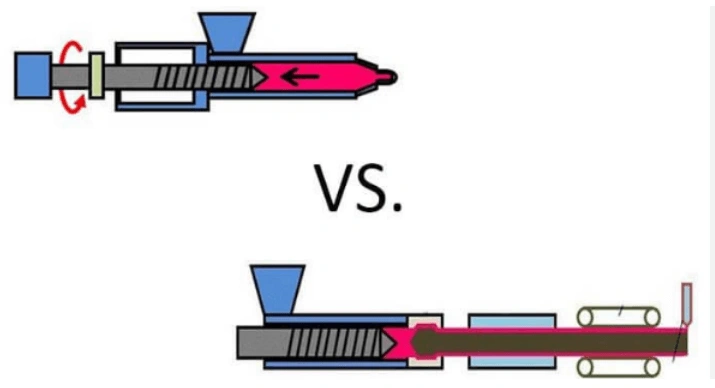
Extrusion Molding vs Injection Molding
Both methods shape plastic but work in different ways.
You need to pick between extrusion and injection molding methods. You must know how each method works first. You must know what kinds of things they make. Both methods use heat and force to shape plastic. Their ways of working are very different, though. Their final products are also very different.
Let’s look at them side by side now. This will help you pick the best one. This will help you choose for your making needs.
| Feature | Injection Molding | Extrusion Molding |
| Product Shape | Complex, detailed, and enclosed forms | Long, uniform cross-sections |
| Process | Plastic injected into the mold cavity | Plastic pushed through a die |
| Typical Applications | Housings, toys, electronics, medical devices | Tubes, pipes, sheets, films |
| Mold/Dies Cost | High initial mold cost | Lower die cost |
| Material Wastage | Less due to recycling runners and sprues | Slightly more during trimming |
| Volume Suitability | High-volume, batch production | Continuous, bulk production |
| Dimensional Accuracy | Very high | Moderate to high |
| Cooling Time | Requires full cooling in mold | Air or water-cooled immediately post extrusion |
Key Things to Think About: Cost, Right Results, and Making Things Fast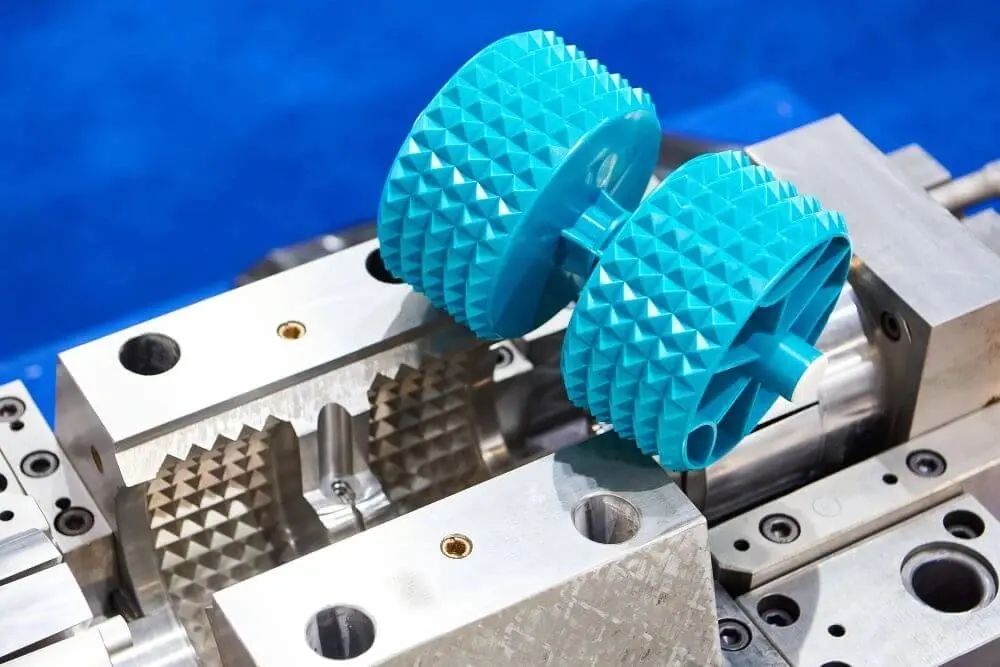
Plastic Shaping
Each way to shape plastic has good parts. This depends on cost, part size, plastic use, and how many parts you need.
Picking between injection molding and extrusion molding is not just about the shape. You should also think about things like tool cost. You should think about how many parts you want. You should think about how right they need to be.
You should think about how fast they get cool. Here are some big points to think about:
1. Mold and Die Cost
Injection molding needs a strong and hard mold. This costs more money to make. These molds last long and make many same parts.
Extrusion molding uses a simple die instead of a mold. Dies are easy and cheap to make. This helps save money for new designs or shape changes.
2. Plastic Waste
Injection molding does not waste much plastic. Even the extra bits from the work can be used again. These bits are called runners or sprues.
In extrusion molding, most waste happens at the start and end. This happens when the product gets cut. This cut plastic can also be recycled. But there is usually more waste than with injection molding.
3. How Many Parts Work Best
Injection molding is great for making lots of the same items. Once the mold is ready, the machine makes thousands quickly. It can make millions of parts fast. That is why it works great for many small parts.
Extrusion molding is better when you need long products. These are like pipes or plastic strips. It keeps running without stopping and then cuts products to size.
4. How Right the Size Is
Injection molding is very exact. The parts come out exactly the same. They are great for products that need to fit together well.
Extrusion molding also gives good results. But the parts may change a little after cooling. The shape can get smaller or bigger a little. So it is not the best pick for very exact sizes.
5. Cooling Time
In injection molding, the part stays inside the mold until cool. This can take more time if the part is thick. It is important to let it cool right to avoid bad parts.
In extrusion molding, the plastic cools outside the die. This usually happens in air or water. Since the product does not stay in the die, it cools faster. This makes it quicker for long shapes.
End Thoughts
Injection molding and extrusion molding are two common ways to shape plastic. Injection molding works best for making hard and detailed parts. It works great when you need many parts.
Extrusion molding is great for long, simple shapes like pipes. It works well for strips that need to be made in bulk. Each way uses different tools. Molds work for injection, and dies work for extrusion. Each comes with its own costs and good points.
Injection molding is more right, works with many plastics, and is great for big runs. But the setup costs more money. Extrusion molding is simple, cheaper, and produces less waste. This is true for long products.
The plastic you use in extrusion depends on how strong the part needs to be. It also depends on how bendable it needs to be. Making large injection parts requires stronger machines. It needs stronger materials to keep them high-quality.
Choosing the right method depends on cost, volume, shape, and material needs. At ProleanTech, we also offer Metal Injection Molding (MIM), Aluminum Extrusion, and much more—get your quote now for precision parts delivered fast.
FAQs
1. Is extrusion better than injection molding?
This choice depends on what someone wants to make. Extrusion works best for long shapes that go on and on like pipes. Injection molding works best for parts with lots of details and solid forms.
2. Why is injection molding better?
Injection molding works better when someone needs complex parts that must be very exact. This method works great for large-volume production where many parts get made.
3. What is the difference between extrusion and intrusion molding?
Extrusion molding pushes hot plastic through a special tool called a die. This makes long shapes that keep the same form. Intrusion molding mixes extrusion with injection methods but gets used less often. Companies use this method for very special designs and parts.
4. What is injection molding most commonly used for?
Injection molding makes many things that everyone uses every day. Companies use this method to make toys, phone cases, car parts, and medical tools. This process also makes many other plastic items with lots of details and exact shapes.

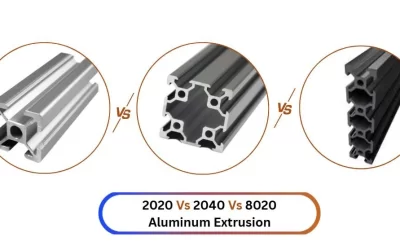
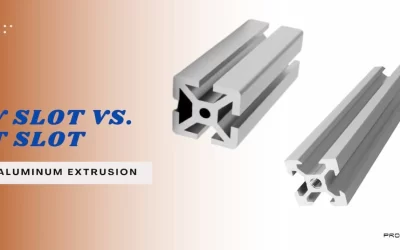

0 Comments